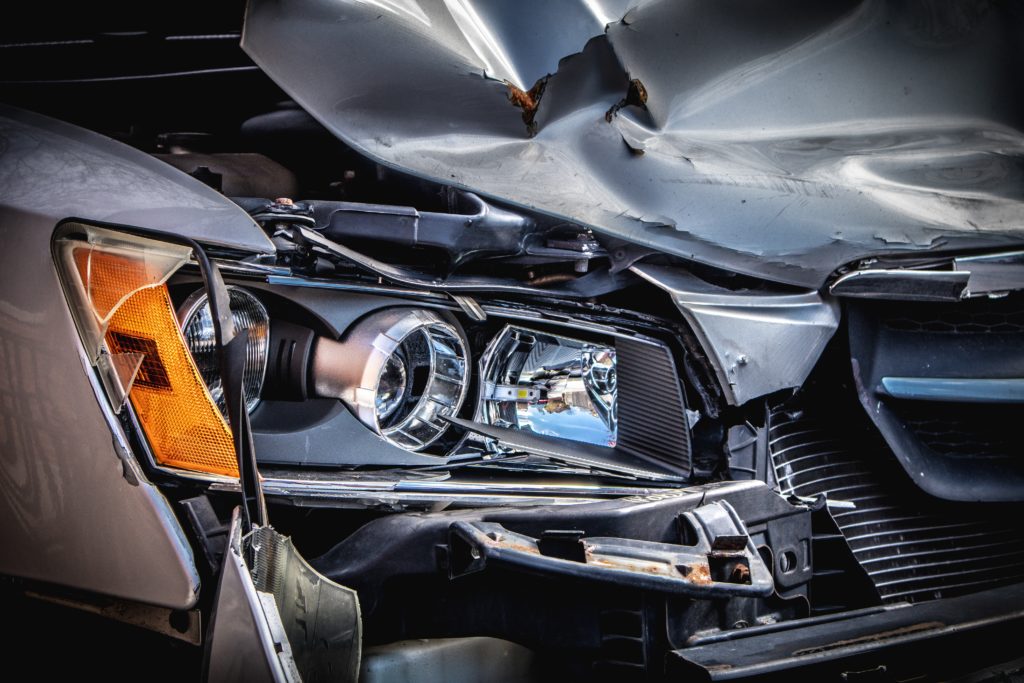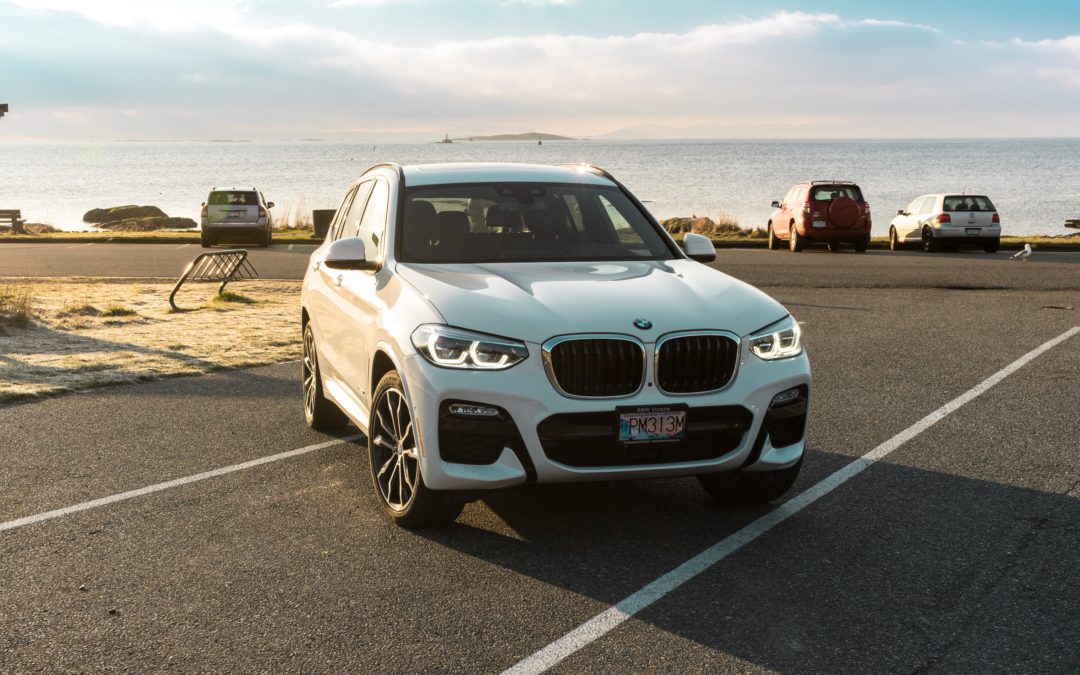While factors like age and driving record can influence the cost of insuring your car, another important consideration in determining that premium is the car you are driving.
If you are looking to purchase a high-end car or truck, you are likely to pay higher insurance premiums too.
Here’s why:
As a general rule, high-end cars cost more to insure because of increased costs of repairing them and the higher cost to replace them in the event of a total loss.
Why does the type of car affect the premium?
Insurance rates are based on objective data about your car. It’s true that some cars cost more to insure than others. The make, model, and trim level of the car are factors that impact the premium.
Here are some examples of why the make or model of a car or truck might increase insurance premiums:
- A full-size pick-up truck is more likely to cause more damage than a small car when it hits something.
- A rollover accident can have more serious consequences for a soft-topped convertible.
- High-performance sports cars are more likely to be involved in speed-related accidents.
Can the safety features on my new car lower my insurance premiums?
Technology can prevent accidents. Insurance carriers are more likely to discount premiums, depending on the state, for cars with these more typical safety features:
- Anti-lock brakes
- Airbags
- Daytime running lights
- Electronic stability control
- Automatic seat belts
Today, many new cars sold have the technology to take preemptive action to help prevent crashes — hitting the brakes before a collision, steering around obstacles, or alerting drivers to hazards in their blind spots.
Those safety features — collectively known as advanced driver-assistance systems, or ADAS — reduce the risk of crashes. So, it might seem logical to assume that as a result, they’d reduce the cost of car insurance.
But instead, these advanced safety features can actually drive premiums up. That’s because when such cars do get in crashes, the repairs are more expensive — thanks to the suite of sensors and computers that make these features possible.
For example, many new vehicles are equipped with adaptive headlights that automatically adjust to light conditions at night. Being able to see better at night can help a driver avoid an accident. Yet, when an adaptive headlight is damaged in an accident, it costs $2,000 to replace it versus the $200 it used to cost without this technology.

Managing your auto insurance premiums
If monthly expenses are a major factor for you, be sure to request an auto insurance quote before purchasing a new car. A less expensive car to purchase may not necessarily be less expensive to insure since the value is not the only factor evaluated by insurance companies. Repair costs and theft rates play an important role among other things.
Understanding why some cars are more expensive to insure than others can help you make better financial decisions when it comes to your auto insurance costs.
Have questions about insuring your vehicles? Let’s Connect!
About the Authors

Connie Greenwood, Personal Insurance Advisor
Connie Greenwood has 35 years of experience as an Insurance Advisor. She enjoys helping her clients and prospects understand their insurance options, and crafting insurance solutions tailored to their unique needs. Connie finds great joy in being a trusted advisor for her clients. She loves helping protect their financial welfare against unforeseen accidents and circumstances and bringing them peace of mind.

Tim Pingel, Personal Insurance Advisor
Tim Pingel has almost 20 years of experience as a personal insurance adviser. He provides individuals, couples, and families with home, auto, and umbrella insurance. His ultimate goal is to be his clients’ trusted adviser and expert, so they have the peace of mind and protection they deserve.


Recent Comments